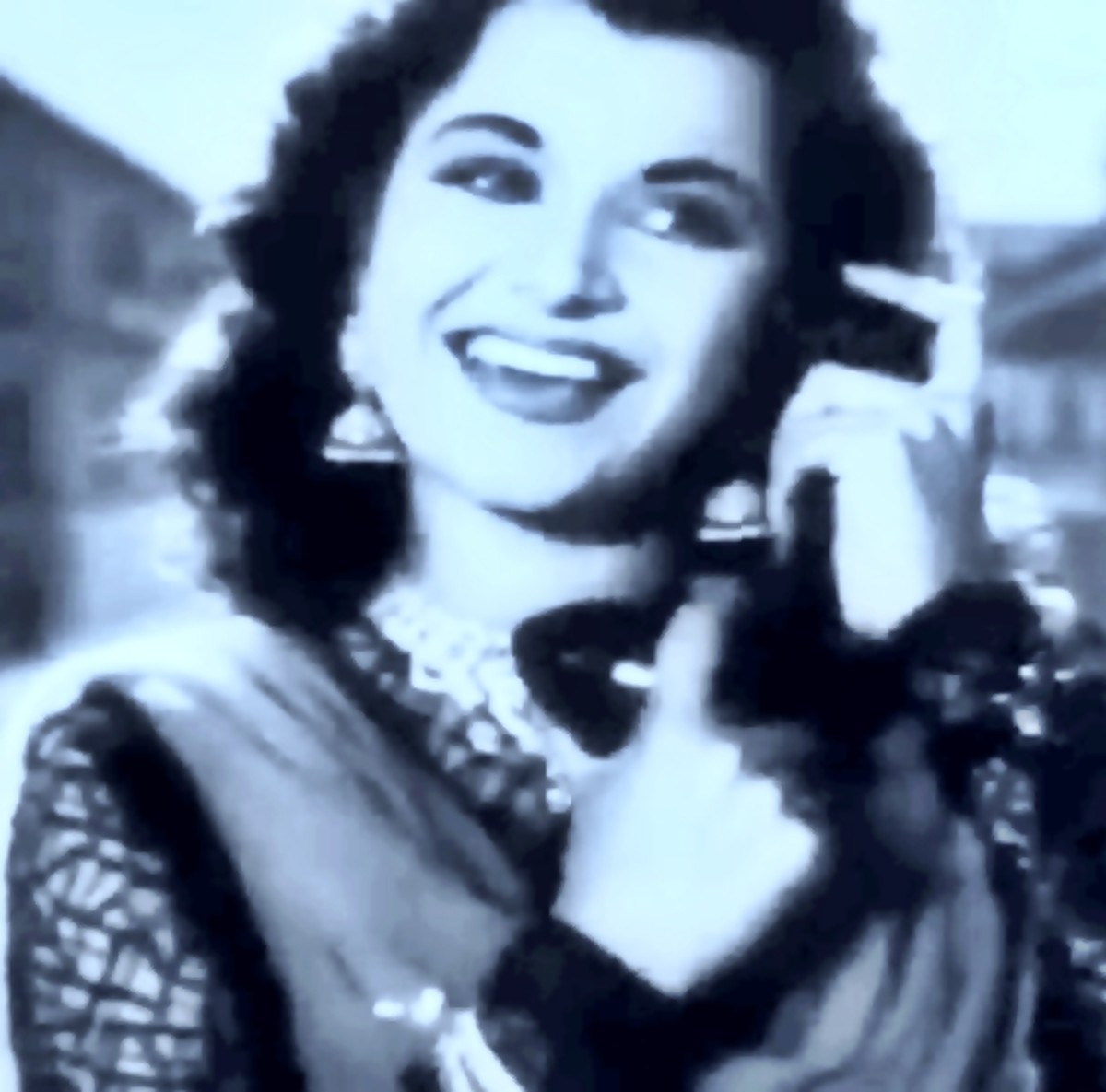

Today, her songs live on, ironically, in remixed versions. Shamshad quietly withdrew and slowly passed into oblivion. The edge and keenness to her voice also served to add an aural dimension to the screen presence of stars such as the gazelle-eyed Nigar Sultana, through songs like the unforgettable qawwali duet with the mild-mannered and coy Madhubala, 'Teri mehfil mein qismat aazmakar hum bhi dekhenge', in the 1960 classic Mughal-E-Azam.īy the 1970s, though, Hindi film sound studios had begun to go high-tech, and live recordings - complete with multiple singers and musicians - began to be replaced by electronic mixing. In 1951, she provided the vocals for SD Burman's Bahar, in which Vaijayantimala made her debut with the sizzling number 'Saiyan dil me aana re'. As the legend surrounding her voice grew, every music director who mattered wanted her to sing in his films. It was said that her vocals was so strong that microphones needed to be placed at a 'safe distance' when she was recording. The following year, Shamshad moved to Bombay and became the industry's leading female voice for the next eight years. Meanwhile, her career in the Hindi film industry took off, starting with Dalsukh Pancholi's 1941 blockbuster Khazanchi. As a result, most music lovers, film lovers and fans could instantly recognise her voice, but did not know what she looked like. Having promised her father, before embarking upon her career, that she would never appear before a camera, she refused for decades to even be photographed. Classical singers such as Gauhar Jaan, Malka Jaan, Zohrabai Ambalewali and Zohrabai Agrewali inspired Shamshad Begum's full-throated style.

Hers was not a particularly trained voice, but its range, power and sharpness made it stand apart. Shamshad, 94, who died on Wednesday, had roots in Lahore and began her career in Punjabi films. Her voice tone, her ability… to be conversational in music without entirely sacrificing musicality… elicit responses ranging from a smile that lights up a face to a wide grin," late ethnomusicologist Ashok Ranade, wrote of her in his 2006 book, Hindi Film Song: Music Beyond Boundaries. Her presence reminded us of a past that will now recede into romantic memory. Shamshad Begum was arguably the only surviving star singer from the pre-Lata Mangeshkar era.


 0 kommentar(er)
0 kommentar(er)
